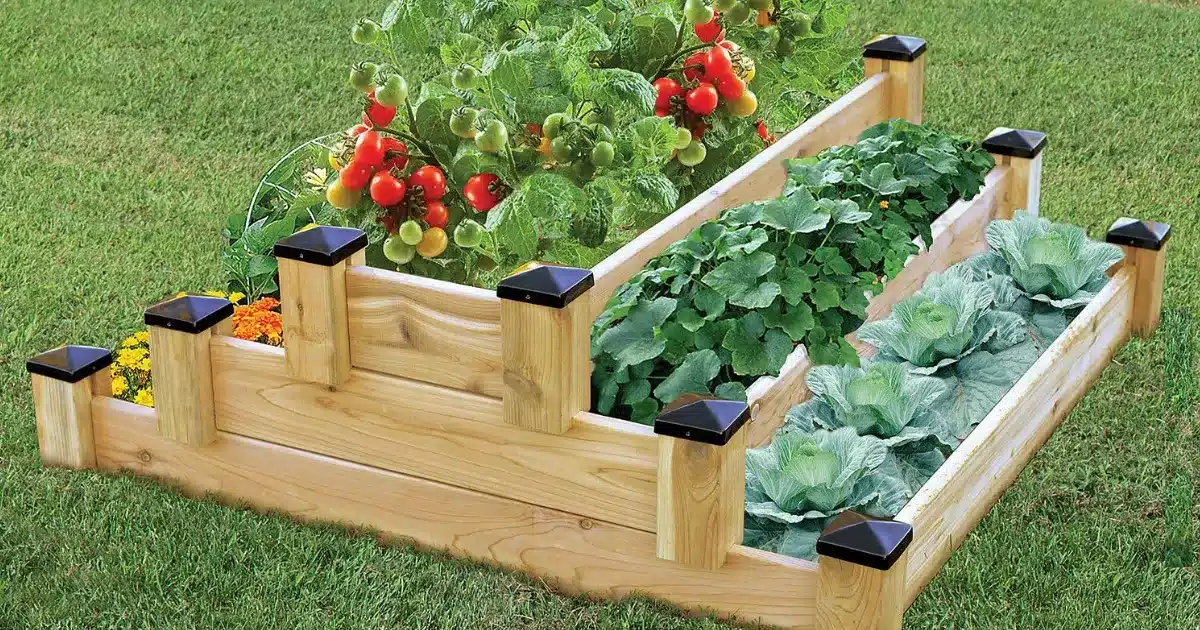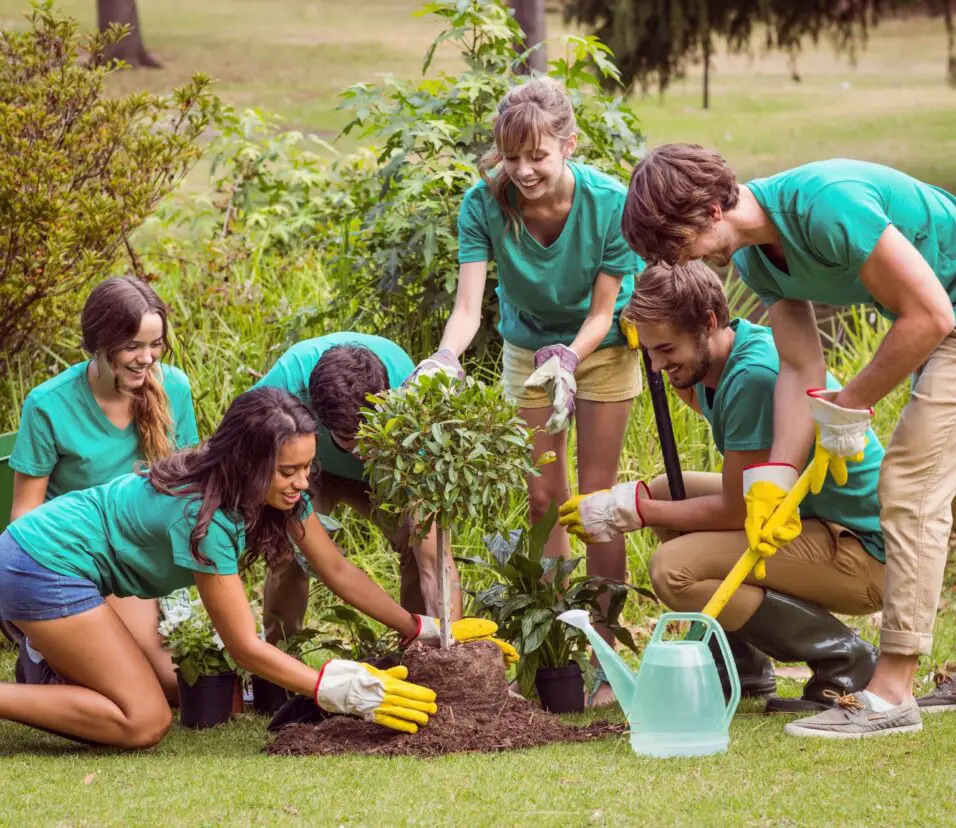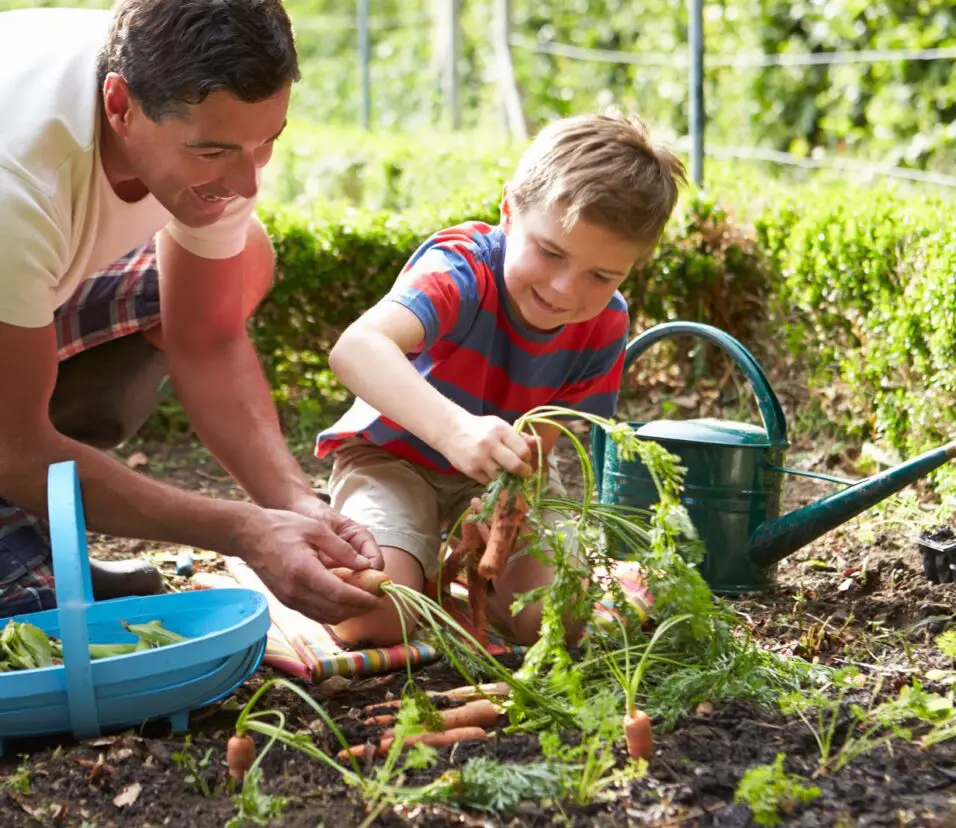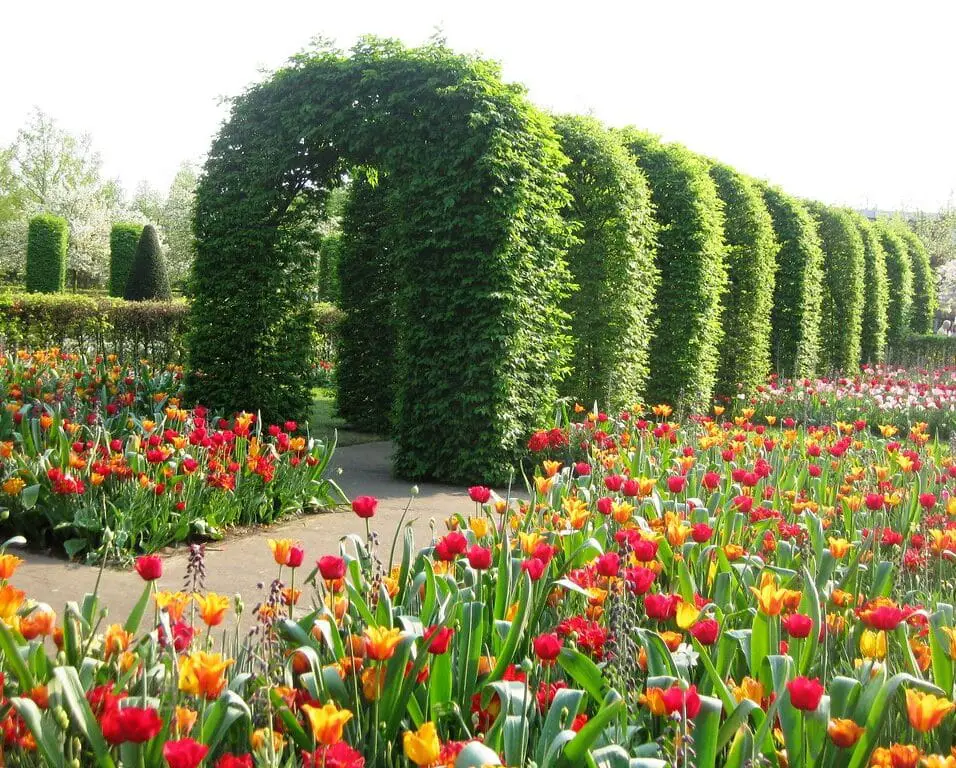How To Use Pallets For Gardening
Introduction
How To Use Pallets For Gardening: Pallets, typically used for transporting goods, can be repurposed into vertical gardens, raised beds, and even mobile planters. This approach not only optimizes space but also reduces waste by upcycling materials that might otherwise end up discarded. Pallet gardening is especially appealing for urban dwellers and those with small yards, balconies, or patios, where every inch counts.
We will delve into the fundamentals of pallet gardening, equipping you with the knowledge to embark on your own green journey. Discover how to select the right pallets, prepare them for planting, and choose suitable plants for your specific environment and climate. Explore techniques for securing soil, irrigation, and maintenance, all tailored to the unique challenges and opportunities that pallet gardening presents.
Whether you aspire to cultivate vibrant flowers, aromatic herbs, or fresh vegetables, pallet gardening leave offers a cost-effective, space-saving approach that encourages your connection with nature while allowing your gardening aspirations to flourish. So, let’s dive into this guide and unlock the secrets to creating a captivating and productive pallet garden that showcases your ingenuity and green thumb.
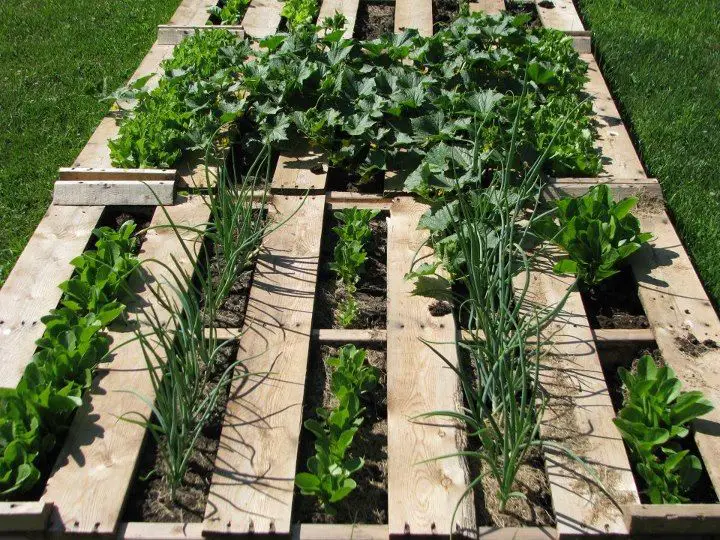
Can you use pallets to make a garden?
Of all the budget garden ideas out there, using pallets is one of the most on trend. Plus, they’re incredibly versatile, meaning you’re sure to find a project which fits your skill level.
A creative pallet garden maximizes space and adds personality to your outdoor or interior space. These wooden structures may be used as vertical gardens, raised beds, and more, making them excellent for small gardens.
Pallet gardens maximize wall space by growing plants vertically. You may create a beautiful green display that saves space and looks great by attaching pots or planters to the pallet’s openings and tiers.
Pallets can be built into a box-like structure, filled with soil, and planted with flowers, herbs, or vegetables for raised beds. Elevating your plants makes them easier to reach and reduces back strain.
From rustic to sophisticated, pallets fit many garden themes. Their portability helps you move your garden with seasons and sunlight. With the right pallets, drainage, and care, these simple wooden platforms may become a lush garden that showcases resourcefulness and floral beauty.
What is the best pallet for a garden?
Ideally, you want to select pallets marked with and HT stamp. The HT stamp signifies that the wood on the pallet is heat-treated rather than chemically treated. Avoid chemically treated pallets to keep you, your family, and your vegetables safe from toxic contaminants. Avoid pallets marked with “MB,” as these might have been treated with methyl bromide, a toxic pesticide.
Opt for pallets that are structurally sound, with minimal signs of damage or decay. Check for loose nails, splintered wood, or excessive wear. Pallets made from hardwoods like oak, maple, or cherry tend to be more durable and long-lasting compared to softer woods.
Consider the design of the pallet as well. For vertical gardens, choose a pallet with evenly spaced slats to securely hold pots or planters. If creating a raised bed, look for pallets that can be easily disassembled and reassembled, allowing for flexibility and adjustments.
Lastly, assess the size of the pallet in relation to your available space and gardening goals. Larger pallets offer more planting space, while smaller ones are more manageable for smaller areas. By carefully considering these factors, you can choose the best pallet that aligns with your garden’s aesthetic, functionality, and overall success.
What can you make with wooden pallets for gardening?
Pallet ideas for gardens: 14 quick and easy DIY projects
- Build homes for birds.
- Entertain in style with a garden bar.
- Make extra seating for free.
- Make a pretty vase display.
- Give your pooch a place to sit.
- Create a sofa without a saw.
- Relax with an easy coffee table project.
- Add a vertical planter.
Wooden pallets offer a versatile canvas for a range of gardening projects that ingeniously maximize space and showcase your green thumb. Vertical gardens are a popular choice, where pallets become living walls adorned with plants, flowers, and herbs. By securing pots or planters between the slats, you create a captivating display that adds aesthetic charm and saves valuable floor space.
For those seeking functional beauty, pallets can be transformed into raised beds. Assembled into a box-like structure, these beds provide an elevated platform for planting a variety of crops, making maintenance easier and reducing strain on your back. Additionally, pallets can be crafted into portable planters on wheels, allowing you to chase sunlight or move delicate plants indoors during harsh weather.
Pallets also shine as compost bins, promoting sustainable gardening practices. With a few modifications, they become efficient containers for composting kitchen scraps and garden waste, producing nutrient-rich soil amendments for your plants.
Pallets can serve as trellises, supporting climbing plants like beans, peas, and cucumbers. By repurposing these wooden structures, your garden can flourish in unique and resourceful ways that reflect your creativity and commitment to sustainable gardening practices.
How many pallets do I need to make garden furniture?
A unique two-person outdoor furniture set requires three pallets, while a four-person sofa requires six.
The size and type of garden furniture you make will determine how many pallets you need. One pallet can support a coffee table or single-seater bench. A full-sized outdoor sofa or dining table may require many pallets. Furniture design and intricacy should be considered. For structural stability or aesthetics, some projects may need more pallets.
Before starting, sketch your furniture design and measure each pallet to estimate how many you’ll need. To complete your outdoor furniture, you may need fasteners, paint, cushions, and accessories in addition to pallets. Planning ahead will help you calculate how many pallets you need for your particular furniture-making project.
What are the key benefits of using pallets for gardening, and how do they contribute to efficient space utilization?
Using pallets for gardening offers several key benefits that contribute to efficient space utilization and creative gardening solutions. By going vertical, pallets maximize planting space, effectively turning walls into vibrant green displays.
Pallets provide a structured framework for creating raised beds, enabling gardening in areas with poor soil quality. These raised beds offer better control over soil conditions, drainage, and nutrient levels, promoting healthier plant growth. The modular nature of pallets facilitates the construction of customizable garden layouts, tailored to your available space and design preferences.
Pallets also encourage sustainable practices by repurposing materials that might otherwise go to waste. Their adaptability allows for easy mobility, letting you relocate plants according to sunlight patterns and changing seasons. Moreover, using pallets for gardening adds an element of creativity, as you experiment with various arrangements and styles. In essence, pallets bring versatility, sustainability, and aesthetics to gardening.
Could you explain the process of selecting and preparing pallets for gardening purposes?
Selecting and preparing pallets for gardening involves careful consideration of factors to ensure safety, durability, and suitability for your project. Check for smooth, untreated wood without chemical residue or strong odors. Consider the size of the pallet, matching it to your garden’s needs and available space.
Preparation involves cleaning the pallets to remove dirt, debris, and potential contaminants. Sanding rough edges and surfaces can prevent splinters. Depending on the design, you might need to reinforce pallets for stability or add a moisture-resistant finish to protect them from the elements.
By thoughtfully selecting pallets based on safety and quality criteria, you lay the foundation for a successful gardening project. Properly prepared pallets provide a reliable and versatile base for various garden structures, from vertical gardens to raised beds.
How can one ensure that pots and planters are securely attached to the pallet structure?
Securing pots and planters to a pallet structure requires attention to detail and proper techniques to ensure stability and prevent accidents. Here’s a step-by-step guide to help you achieve a secure attachment:
Select the Right Pots and Planters: Choose pots or planters that fit comfortably within the openings or between the slats of the pallet. Ensure they’re of appropriate size and weight to prevent overloading.
Use Brackets or Hooks: Attach metal brackets or hooks to the pallet’s slats to support the pots. Screw these accessories into the pallet to prevent pots from slipping. Pallet gardening lets you reinvent your surroundings, whether you’re an expert gardener looking for space-saving solutions or a beginner eager to learn. As you build vertical gardens, raised beds, and other wooden creations, you nurture plants and feel accomplished and creative. So, venture forth with your pallets, and let your garden flourish in the intersection of sustainability and gardening artistry.
Use Wire or Twine: Secure pots by wrapping strong wire or thick twine around them and attaching the wire or twine to the pallet. Create loops or knots to prevent pots from shifting or falling.
Drill Holes: If pots have drainage holes, align them with gaps in the pallet and use bolts or screws to attach the pots securely.
Add L-Shaped Supports: Attach wooden or metal L-shaped brackets to the pallet, creating stable ledges for pots to sit on.
Create Hanging Planters: For a vertical garden, hang planters from the top of the pallet using sturdy hooks or ropes. Ensure proper weight distribution for balance.
Regular Maintenance: Periodically check the attachments for stability, especially during windy or harsh weather condition
Are there any specific treatments or finishes recommended to protect the wood from outdoor elements?
Indeed, applying appropriate treatments and finishes to protect wooden pallets from outdoor elements is crucial to enhance their longevity and durability in gardening projects.
Sealing: Apply a wood sealant or outdoor wood preservative to create a protective barrier against moisture, UV rays, and pests. This prevents wood decay and extends the pallet’s lifespan.
Staining or Painting: Using outdoor wood stain or paint adds both visual appeal and protection. Stains penetrate the wood to protect it from within, while paints create a protective layer on the surface. Opt for non-toxic, water-based products.
Natural Oils: Linseed oil, tung oil, or other natural oils can be applied to nourish the wood and provide a subtle, protective finish. Reapply periodically to maintain the wood’s integrity.
Waterproofing: Waterproofing products, such as water repellent sprays, can help guard against water absorption, which can lead to swelling, warping, and decay.
Elevating: Placing pallets on concrete blocks or bricks can help minimize ground contact, reducing the risk of moisture absorption from the soil.
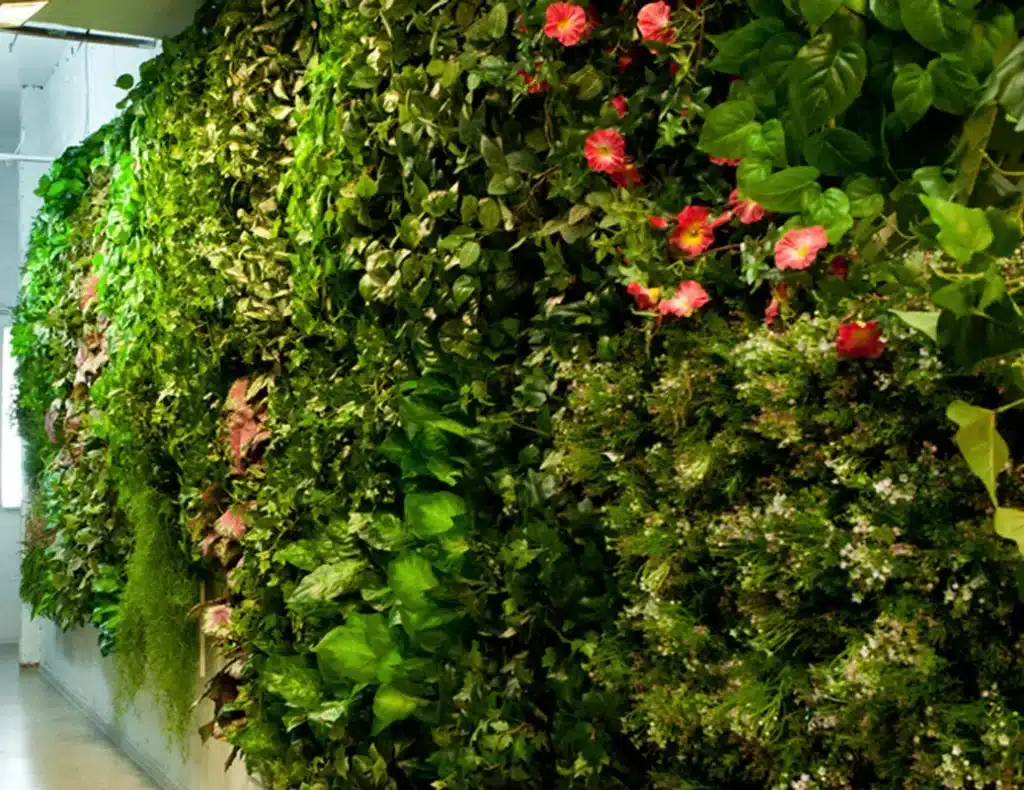
Conclusion
The innovative utilization of pallets for gardening opens up a world of possibilities that blend resourcefulness, sustainability, and creativity. This versatility empowers gardeners to experiment, adapt, and evolve their green spaces.
Embracing pallet idea gardening aligns with a sustainable ethos, repurposing materials that might otherwise go to waste and reducing the carbon footprint of gardening projects. Moreover, the process of selecting, preparing, and creatively attaching pots and planters encourages hands-on engagement, fostering a deeper connection with your outdoor oasis.
Pallet gardening lets you reinvent your surroundings, whether you’re an expert gardener looking for space-saving solutions or a beginner eager to learn. As you build vertical gardens, raised beds, and other wooden creations, you nurture plants and feel accomplished and creative. So, venture forth with your pallets, and let your garden flourish in the intersection of sustainability and gardening artistry.



